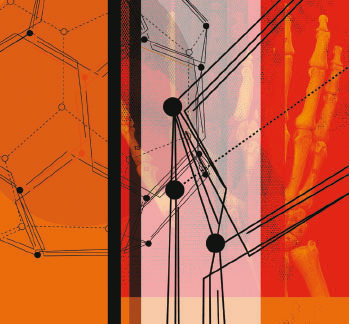Sensor networks were originally developed for battlefield surveillance and other military uses, but they have found application in many other areas, including traffic control, civil engineering, monitoring of the environment, health care, home automation and homeland security.
Because they are widely dispersed and increasingly wireless, sensor networks are usually powered by batteries. Finding a way to stretch battery life could conserve resources in a big way, says Rick Blum, the Robert W. Wieseman Chair in Electrical Engineering.
Blum applies signal processing and communications to develop energy-efficient sensor networks that are as effective as their power-hungry counterparts. His work is based on the fact that wireless sensors in the same network can “hear” each other. When the sensors detect something – a sound or a vibration, a change in temperature or pressure, the presence of an unknown material – they process the data to determine its importance. The sensors with the most informative data transmit back to the central decision point before the others. Once there is enough information to determine the status of likelihood – is radioactive material present or not, for example – the sensors cease transmitting data, thus saving power.
“We’re able to show a lot of things mathematically,” Blum says. “For example, you can save half the sensors in a network from transmitting data without losing any performance. If the network is large, that’s phenomenal savings.”
Networks range from a few sensors to thousands, and Blum and his team are writing algorithms to achieve greater energy efficiency within them. “Our simple algorithms can reduce energy usage by one-half, which is very good,” he says. “We have more complicated algorithms that can save even more.”
The project is supported by the U.S. Air Force and Army. In a related project also funded by the military, Blum is studying multi-input/multi-output radar technology, a sensor network of radar devices that is far more accurate at determining the location of an object than a single device is.
Blum is also taking part in a NASAfunded project in Lehigh’s Center for Advanced Materials and Nanotechnology to develop nanotechnology arrays to serve as sensors capable of detecting chemical leaks aboard spacecrafts. Blum is working on the system’s signal processing.

